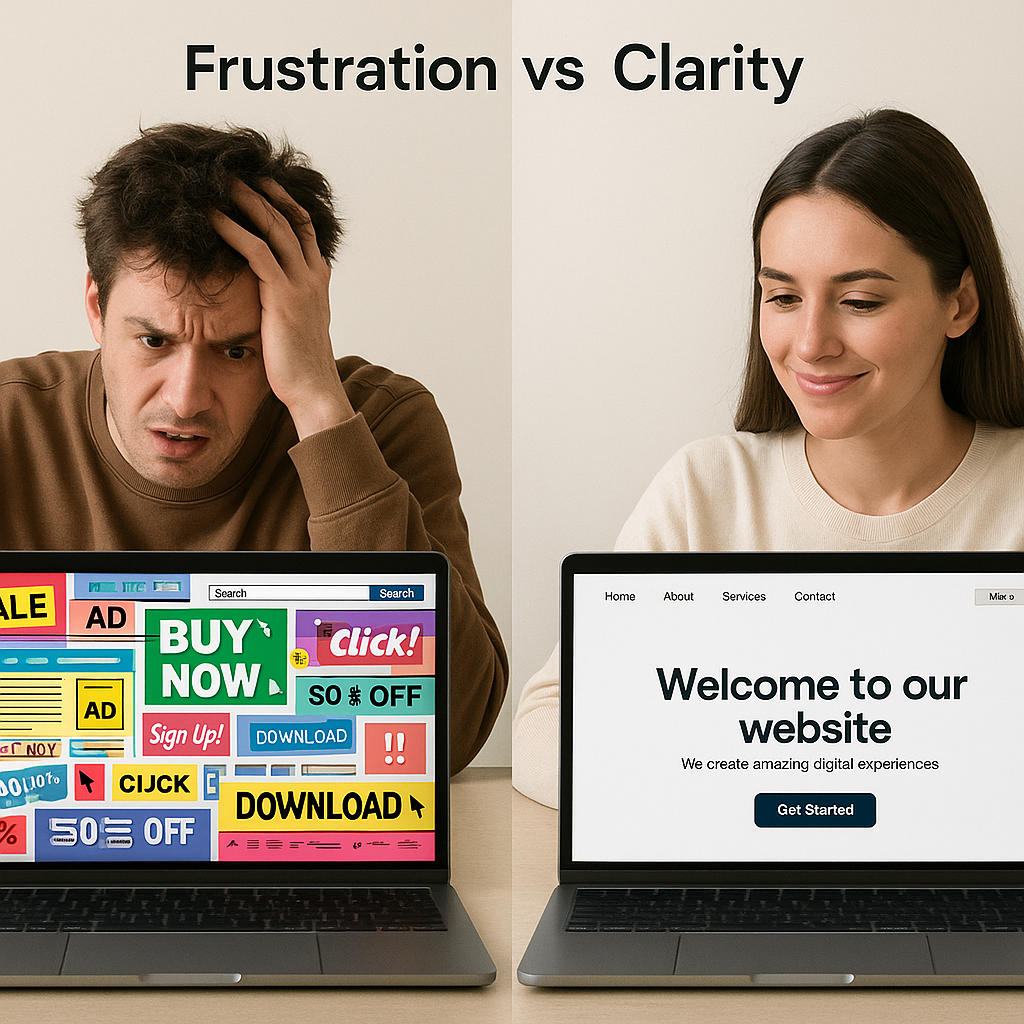Voice Search for Small Businesses: Optimize and Get Found Easily
The Voice Search Revolution: What Small Business Owners Need to Know
Picture this: You're driving home after a long day, craving your favorite takeout. Instead of fumbling with your phone, you simply say, "Hey Siri, find me the best Thai restaurant nearby." Within seconds, you've got directions to your next meal. Welcome to the world of voice search – a technology that's reshaping how customers find and connect with businesses like yours.
Gone are the days when typing queries into search engines was our only option. Today's consumers are embracing the hands-free convenience of voice search, transforming their smartphones, smart speakers, and even vehicles into personal digital assistants. But here's the kicker – if your business isn't optimized for voice search, you might as well be invisible to this growing wave of voice-first customers.
The Voice Search Phenomenon: More Than Just Convenience
Let's cut to the chase: 46% of people are using voice search daily. That's nearly half of your potential customers asking Siri, Alexa, or Google Assistant to help them find businesses just like yours. They're not just asking for directions; they're searching for business hours, reading reviews, and making purchase decisions – all through voice commands.
Think about the last time you needed a local service. Maybe it was a plumber for a leaky faucet or a last-minute dinner reservation. Voice search has made these queries more natural and conversational. Instead of typing "plumber Manhattan emergency," people are asking, "Who's the best emergency plumber near me that's open right now?"
The Magic Behind the Microphone
Voice search isn't just about converting speech to text. It's powered by sophisticated artificial intelligence that understands context, intent, and natural language patterns. When someone asks for "great pizza spots that deliver," the AI needs to understand not just the words, but the implied meaning – they want quality food, delivery service, and probably somewhere relatively close by.
This technology is particularly fascinating because it adapts to how humans naturally communicate. We don't speak in keywords; we ask questions and make conversation. Voice search bridges this gap between human communication and digital search, making the whole process more intuitive and user-friendly.
Making Your Business Voice-Search Ready
Here's where things get exciting for small business owners. Voice search optimization isn't just about technical tweaks – it's about understanding and adapting to changing consumer behavior. Let's break down the essential steps to ensure your business doesn't miss out on voice search opportunities:
- Google Business Profile: Your Digital Storefront Think of your Google Business Profile as your business's digital storefront. It needs to be claimed, verified, and meticulously maintained with accurate information. Every detail matters – from your street address to your holiday hours. Voice assistants rely heavily on this information to provide accurate responses to user queries.
- Natural Language Optimization Remember how people actually talk? That's your new SEO strategy. Instead of focusing solely on traditional keywords, incorporate conversational phrases and questions into your website content. If you run a bakery, don't just optimize for "best cupcakes NYC" – think "Where can I find fresh-baked cupcakes in Manhattan?"
- Local SEO: Your Neighborhood Advantage Voice searches often include phrases like "near me" or "in [location name]." Make sure your website and online presence clearly indicate your service areas and location. Create content that references local landmarks, neighborhoods, and events to strengthen your local search relevance.
- The Power of Reviews Voice search algorithms love businesses with stellar online reviews. They're not just looking at star ratings – they're analyzing the content of reviews to understand what makes your business special. Encourage satisfied customers to share their experiences online, and always respond professionally to feedback.
- Mobile-First Mentality Since most voice searches happen on mobile devices, your website must offer a seamless mobile experience. This means fast loading times, easy navigation, and content that's easily readable on smaller screens.
The Future is Speaking
As we look ahead, voice search is poised to become even more integral to consumer behavior. Smart speakers are finding their way into more homes, cars are becoming more connected, and smartphones are getting smarter. This isn't just a trend – it's a fundamental shift in how people interact with technology and find businesses.
For small business owners, this presents an incredible opportunity. By adapting your online presence now, you're not just preparing for the future – you're making your business more accessible to customers today. The businesses that embrace voice search optimization will have a significant advantage in connecting with the growing number of consumers who prefer to speak rather than type.
Remember, voice search isn't about replacing traditional search methods; it's about expanding your business's accessibility and meeting customers where they are. Whether they're driving home from work, cooking dinner, or simply prefer speaking to typing, voice search ensures your business is just a question away.
The time to optimize for voice search is now. As this technology continues to evolve and become more sophisticated, the businesses that adapt early will be the ones that thrive in this new, voice-first world. Are you ready to be heard?





